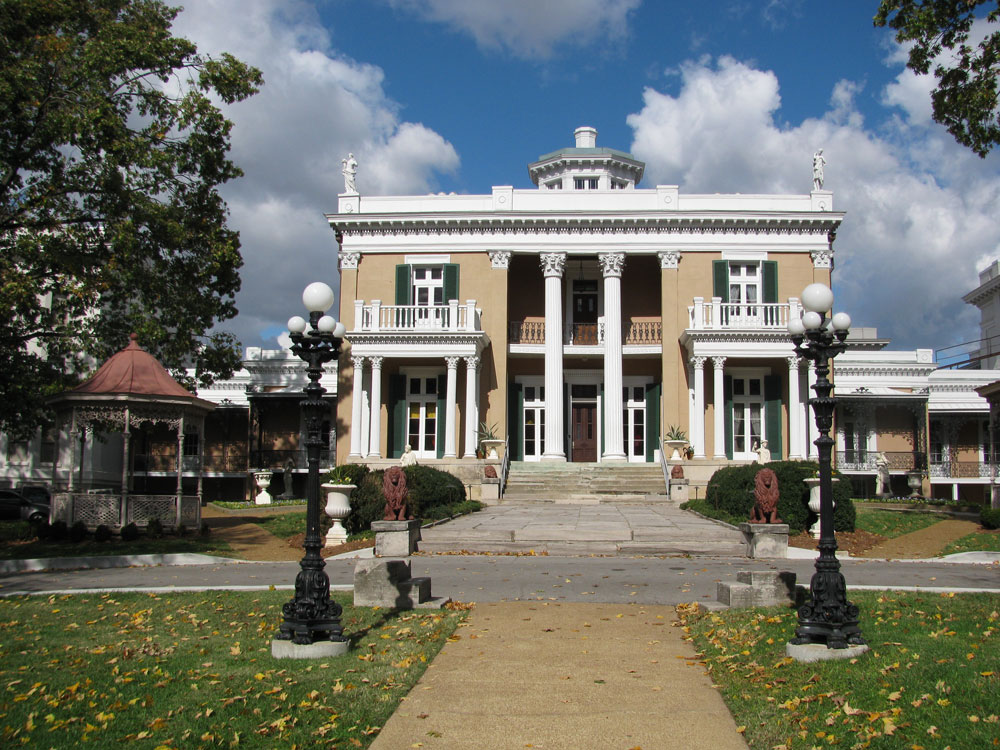
March 12, 2020; Associated Press
Watkins College of Art and Belmont University, two Nashville higher education institutions, announced they would merge over a month ago. A “Support Watkins” page on Watkins’ website features a note to donors about the planned merger, which, it explains, would “ensure an even more vibrant and ascendant Watkins, including a specially endowed fund for current and future Watkins students at Belmont.”
Although Watkins’ statement about the merger indicates the decision was made unanimously by both the Watkins and the Belmont boards, just last week, in response to a lawsuit filed by two Watkins students and a faculty member, a judge agreed to hear a challenge that potentially could vacate that agreement.
According to the Associated Press, the basis of the plaintiffs’ claim is that Watkins was established as a public institution 136 years ago for the benefit of Nashville’s youth. “Samuel Watkins willed both real property and $100,000 to the state for an educational institute.” Although Watkins apparently incorporated as a nonprofit in the 1970s, a change that resulted in “loosened control over the school in recent decades” by the state, the plaintiffs claim that the institution has remained a public institution. Thus, the property included in the deal belongs to Nashville residents and can’t be sold.
The two students who initiated the lawsuit, Kenneth Straw and Amari Harris, have concerns about the kind of reception that they would get at Belmont, a private Christian institution that one of them used to attend.
As NPQ covered last month, even prior to the lawsuit, the merger had already caused controversy. An early statement by Thomas Burns, Belmont’s provost, saying, “We do not hire people who are not Christian, so the ones who are not Christian would not be eligible to work at Belmont,” did not help matters. Burns later walked his comments back and Dr. J. Kline, president of Watkins, assured Watkins staff via email that he realized that Watkins staff did not anticipate working for a faith-based institution and therefore “special consideration will be given to current Watkins employees regardless of their position of faith.”
Still, some Watkins faculty are leery. Karla Stinger, an assistant professor and advisor to the queer student union, told Michael Levenson of the New York Times last month that she feels that she has been placed in “the center of a moral conflict. What kind of message would I be sending to my students if all voices weren’t welcome?”
Sign up for our free newsletters
Subscribe to NPQ's newsletters to have our top stories delivered directly to your inbox.
By signing up, you agree to our privacy policy and terms of use, and to receive messages from NPQ and our partners.
Watkins offers undergraduate and graduate degrees in visual arts, along with a community education program that brings programming to children and adults off campus. It is a small institution; according to 2018 statistics online, only 193 students were enrolled at the 13-acre campus, which includes residence halls and academic and studio spaces. Contrast that with Belmont’s enrollment of 8,400 undergraduate and graduate students and its focus on liberal arts and professional education. The institution also recently announced it had raised $100 million toward a $300 million year-end campaign, an indication of its comparatively strong financial health.
Building on this momentum for a hearing, last week, state senator Brenda Gilmore sent a letter to the boards of both institutions requesting that they suspend further merger deliberations until a public discussion about the deal can be held.
Gilmore points out that if Watkins had to merge, other options besides Belmont existed. Gilmore notes that neither of two neighboring historically black universities—Tennessee State University or Fiske University—were approached about the possibility of a merger. As Gilmore says to AP, “I am hard-pressed to believe that, had either been approached with a $15–20 million gift, or a move-in-ready satellite campus complete with dorms, or similar partnership opportunity, they would have declined to entertain such a generous gift. In any event, the public deserves transparency.”
In 2018, Susan Henking, president emerita of Shimer College, reflected in Inside Higher Ed about her experience guiding the college she led through a merger. According to Henking, there are three essential rules of thumb: “messiness is pervasive, money is not everything, and ideas are the start—not the end—of institutional work.”
Henking also includes a list of “messy details” that are often overlooked when thinking about mergers as clear cut textbook case studies. One of these “messy details” is “managing emotions associated with loss and success as the deal neared completion,” which is certainly applicable to the Watkins case.
Aside from the lawsuit, the merger of Watkins and Belmont still needs to be authorized by the two schools’ accreditor, the Southern Association of Colleges and Schools Commission on Colleges, or SACSCOC. No matter what happens with this case, however, it is impressive that two students had the determination and fortitude to stand up and ask whether this deal was even legal.—Anne Eigeman













